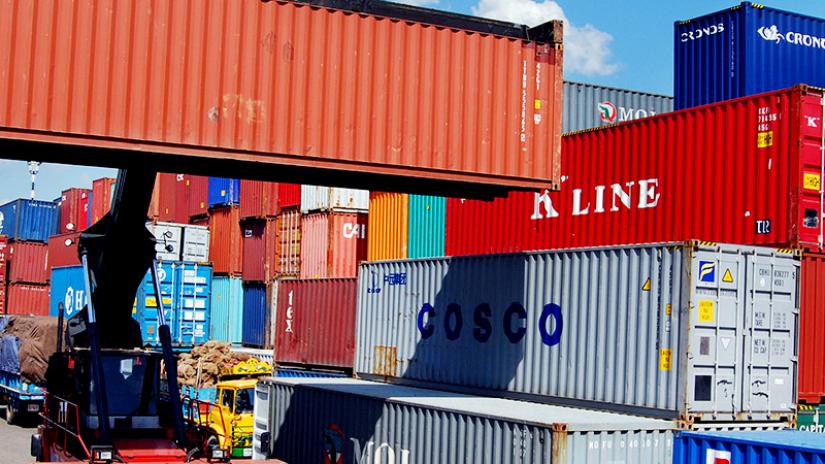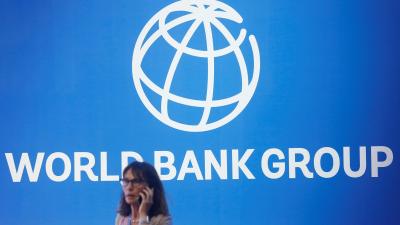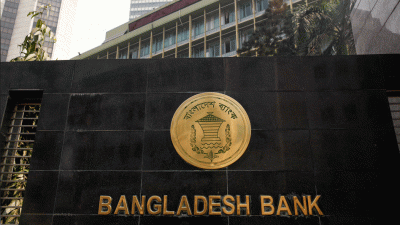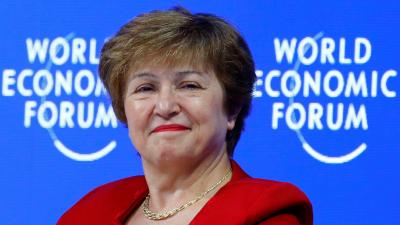 Improving the transportation infrastructure in Bangladesh is crucial if the country is to grow its garment and textile sector, a new report has found.
Improving the transportation infrastructure in Bangladesh is crucial if the country is to grow its garment and textile sector, a new report has found.
Bangladeshis the world's second largest ready-made (RMG) exporter after China, with the sector accounting for more than half of manufacturing employment and 84% of all exports from the country. But the sustainability of this growth model is now being challenged, according to research by the World Bank Moving Forward: Connectivity and Logistics to Sustain Bangladesh's Success, reports just-style.
The country's competitiveness based on low wages is eroding. Rising wage demands from workers, intensifying global price competition, and inefficient logistics are putting significant cost pressure on Bangladeshi producers, just-style said citing the report.
The country ranked 99th of 137 on the World Economic Forum's Global Competitiveness Index for 2018, well behind other Asian countries, performing particularly poorly on transport and logistics. Bangladesh also underperforms other coastal countries in Asia on the World Bank's Logistics Performance Index.
The WB report points to a number of challenges:
Transport represents the largest share of direct logistics costs, and road transport is the dominant transport mode. Road transport rates in Bangladesh range from $0.06 for a 16-ton truck to $0.12 for a trailer. They are higher than in many developing and developed countries.
Congestion and delays are pervasive problems across the national logistics system, from roads to seaports and land ports. Congestion on roads alone doubles standard trucking costs. In addition, Bangladesh's infrastructure is in poor condition.
Bangladesh's logistics system is fragmented in terms of both logistics infrastructure and services. The core infrastructure for all modes of transport is in place, but there is a lack of intermodal facilities, and the few facilities that do exist are poorly operated.
Data from the report shows Bangladesh's complex network of national and regional highways and district roads totals more than 21,300km and includes more than 4,500 bridges over rivers. Bangladesh also has an estimated 304,380km of rural roads.
The country's railway serves 44 of the country's 64 districts, with 2,877km of rail tracks. It connects with Indian Railway at several points. The railway network also has metre and broad gauges, which limits the smooth flow of passengers and cargo across the country.
Bangladesh's extensive river network of about 24,000km provides an alternative to land transport. About 6,000km are navigable in the monsoon season; but just 3,800km can be navigated in the dry season. About 40% of the network is too shallow for large vessels, particularly in the northern part of the country.
If there was no congestion on roads, logistics costs would be at least 7-35% lower, depending on the sector, the report estimates. While average dwell times at the Port of Chattogram are four days for an export container and 11 days for an import container. Reducing dwell times would reduce logistics costs significantly, it adds.
The WB report offers a number of recommended actions, including:
Coordination within the public sector and with the private sector - Develop inclusive institutional arrangements such as logistics councils or committees to develop and implement logistics strategy, involving private sector shippers and service providers.
Infrastructure - Implement maintenance policies and actions included in the infrastructure master plans. Prioritise maintenance over new construction. Base decisions on capacity expansion on the integrated transport master plan. Develop alternative nodes and links across the transport system to increase redundancy and resilience based on robust analysis. Develop logistics clusters at strategic locations with intermodal terminals. Build the infrastructure needed to interconnect with the transport networks of neighbouring countries. Build infrastructure to at least the standards of the best performers in the region.
Design and enforcement of regulations -- Update and focus regulations on safety, the environment, and market failures in general. Refrain from interfering with market operation. Issue regulations that are as clear and concrete as possible, to leave little room for discretion when interpreting them.
Business environment -- Remove regulatory constraints that limit domestic and foreign private sector provision of logistics services. Create the regulatory and business environment for logistics service providers to access bank financing. Strengthen tax collection to create a level playing field for logistics service providers.
 Business
Business
41299 hour(s) 19 minute(s) ago ;
Afternoon 02:14 ; Thursday ; Jul 03, 2025
Better logistics key to Bangladesh garment growth
Send
Bangla Tribune Desk
Published : 09:40, Nov 26, 2019 | Updated : 09:40, Nov 26, 2019
Published : 09:40, Nov 26, 2019 | Updated : 09:40, Nov 26, 2019
0 ...0 ...
/hb/
Topics: Top Stories
- KOICA donates medical supplies to BSMMU
- 5 more flights to take back British nationals to London
- Covid19: Rajarbagh, Mohammadpur worst affected
- Momen joins UN solidarity song over COVID-19 combat
- Covid-19: OIC to hold special meeting
- WFP begins food distribution in Cox’s Bazar
- WFP begins food distribution in Cox’s Bazar
- 290 return home to Australia
- Third charter flight for US citizens to return home
- Dhaka proposes to postpone D8 Summit
Unauthorized use of news, image, information, etc published by Bangla Tribune is punishable by copyright law. Appropriate legal steps will be taken by the management against any person or body that infringes those laws.
Bangla Tribune is one of the most revered online newspapers in Bangladesh, due to its reputation of neutral coverage and incisive analysis.
F R Tower, 8/C Panthapath, Shukrabad, Dhaka-1207 | Phone: 58151324; 58151326, Fax: 58151329 | Mob: 01730794527, 01730794528






